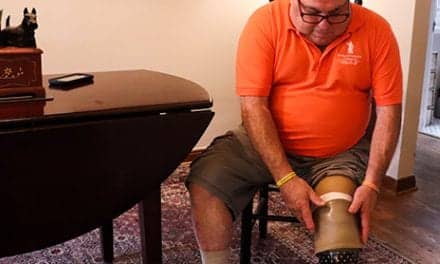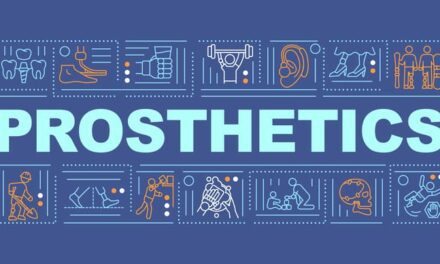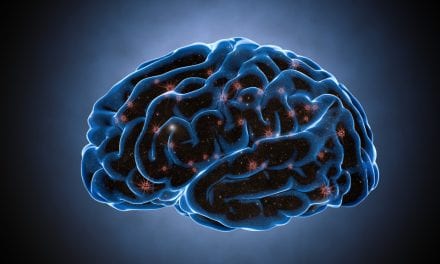Ottobock, in partnership with Hanger Clinic, recently fit reportedly the first person in North America with transradial upper-limb amputation with a prosthetic featuring the newly FDA-cleared Myo Plus pattern recognition system.
Uniting artificial intelligence with the intuitive and innate EMG signals of the user, Myo Plus is designed to adapt to the user’s natural movements versus requiring the user to adapt to the system. While standard myoelectric systems are limited to sensing only two muscle signals, Myo Plus employs up to 18 sensors, enabling multiple muscle signals to be captured as unique movement patterns, each individually assigned to control various functions of the prosthesis, a media release from Ottobock explains.
Chris Lake, L/CPO, FAAOP, an upper-limb specialist with Hanger Clinic, fit the first North American patient, Mark Kirby, with the Myo Plus system in Hurst, Texas, per the release.
“Pattern recognition offers an alternative for patients who may not be a candidate for more traditional myoelectric prostheses or do not possess the muscle capacity to operate the prosthesis in a meaningful way,” Lake says. “To a certain extent, standard myoelectric systems require significant muscular acrobatics to fully operate a prosthesis. From an energy expenditure standpoint, pattern recognition means not burning as much physical or mental energy, thus providing the patient with prosthetic function that is more intuitive and less taxing.”
Kirby, who has used a standard two-site myoelectric prosthesis for more than 10 years shares, “I loved the graphic representation of what was possible. I instantly saw how I could make the prosthetic wrist rotate versus opening and closing the prosthetic hand. It took away the mystery. Since it’s more accurate, I’m less frustrated because I’ve got less accidental movements. Before, I had to really concentrate on my finger muscles. Now I can feel them again. I’m feeling muscles I haven’t felt in years.”
The relationship between the clinician and patient was an important consideration in the design of the Myo Plus pattern recognition system. The patented Spider Plot feature, a graphic representation of muscle patterns, is one of the system’s most unique and valued features. Via the Myo Plus app, the patient and practitioner can watch live as the muscle patterns are displayed on a graph shaped like a spider web. This visual feedback was designed to make the programming process simple and interactive for both the patient and prosthetist.
“The visual nature of the Spider Plot feature in Myo Plus makes it intuitive for Mark to learn how to use the technology, as well as understand the very finite changes he’s making as he contracts his muscles. It provides an instant connection between his muscles and his phantom hand,” Lake observes.
[Source: Ottobock Healthcare]





